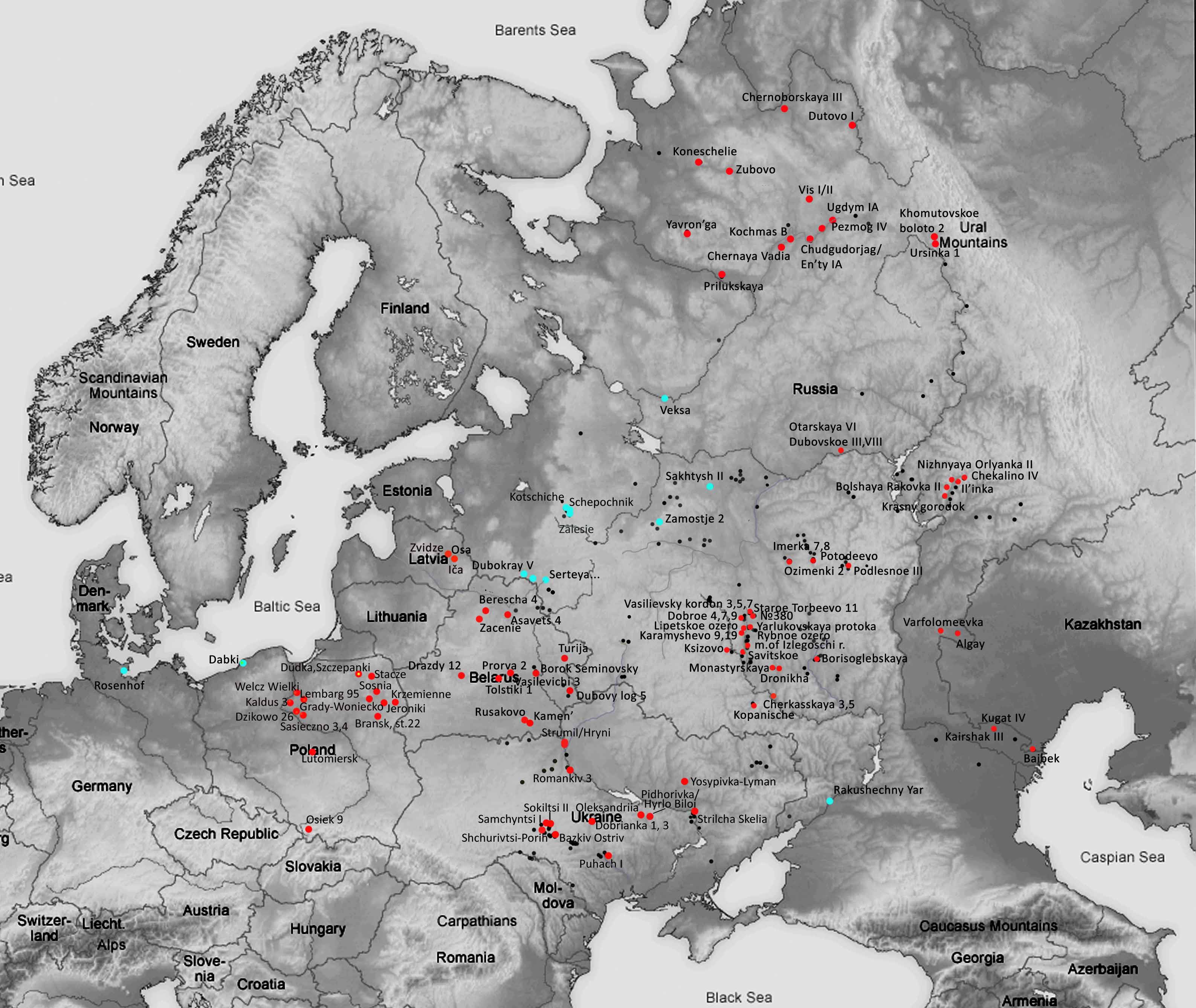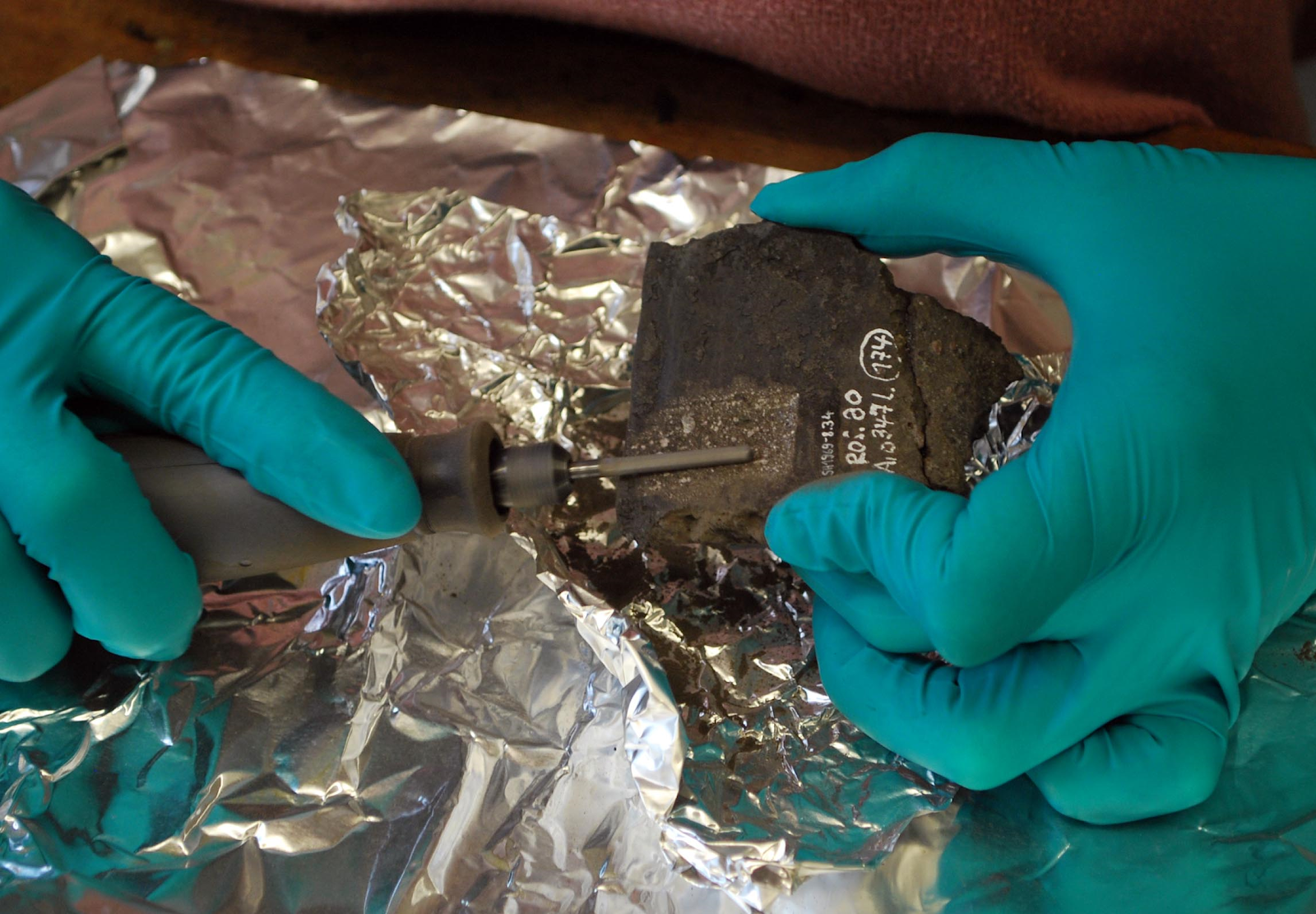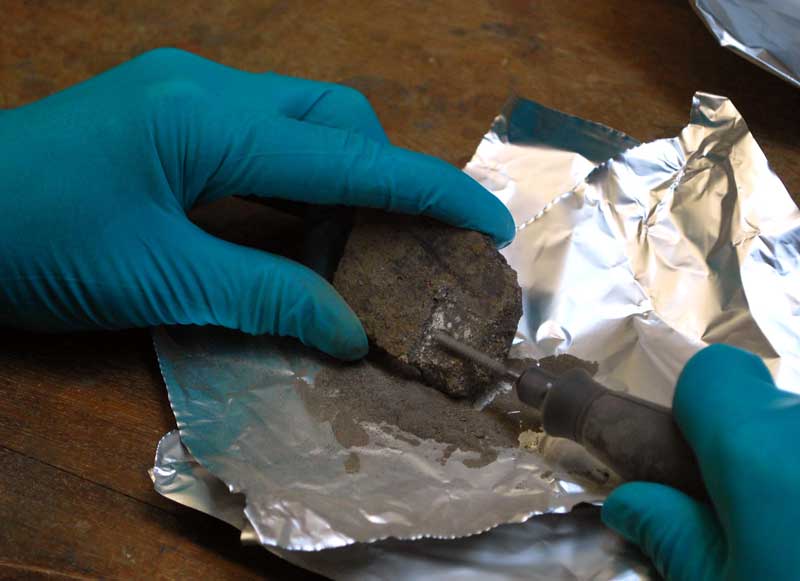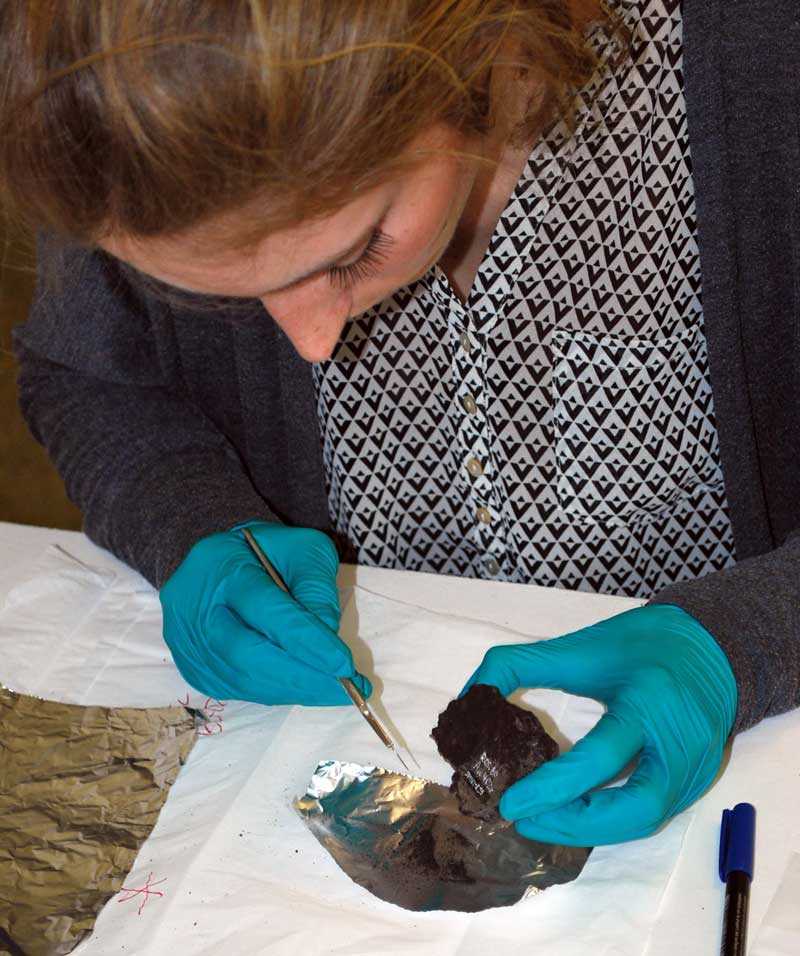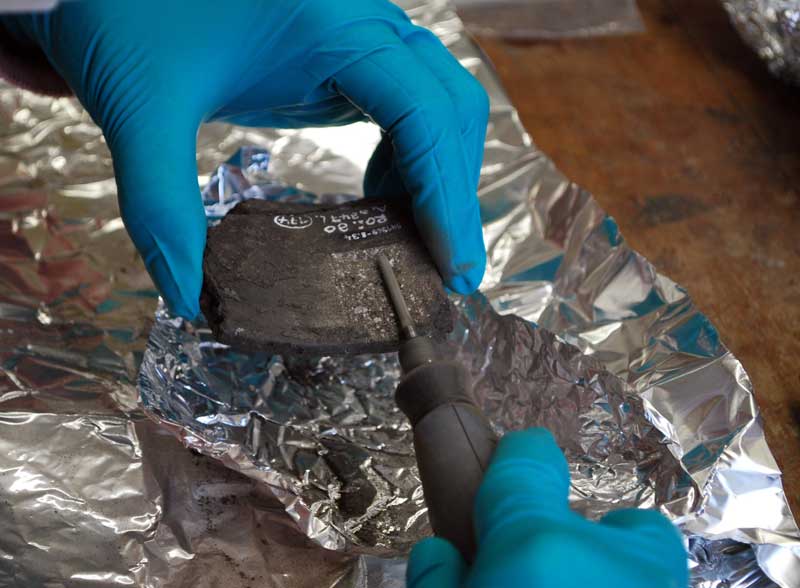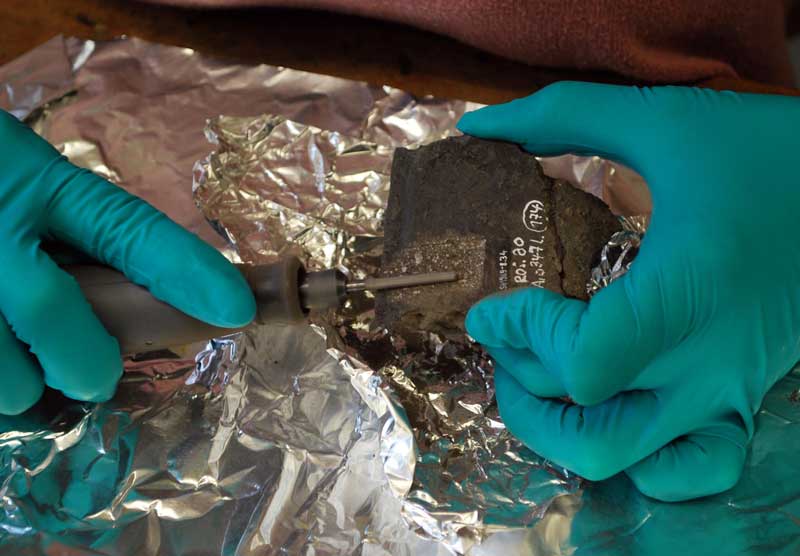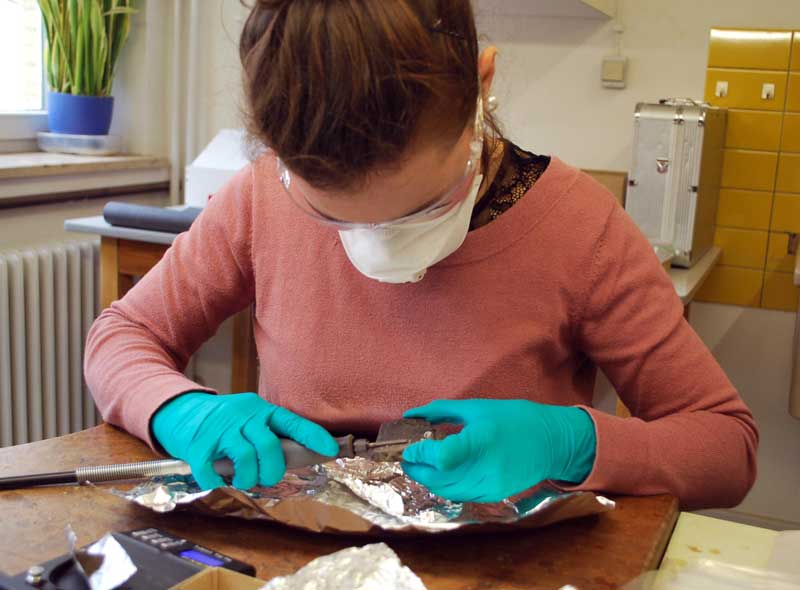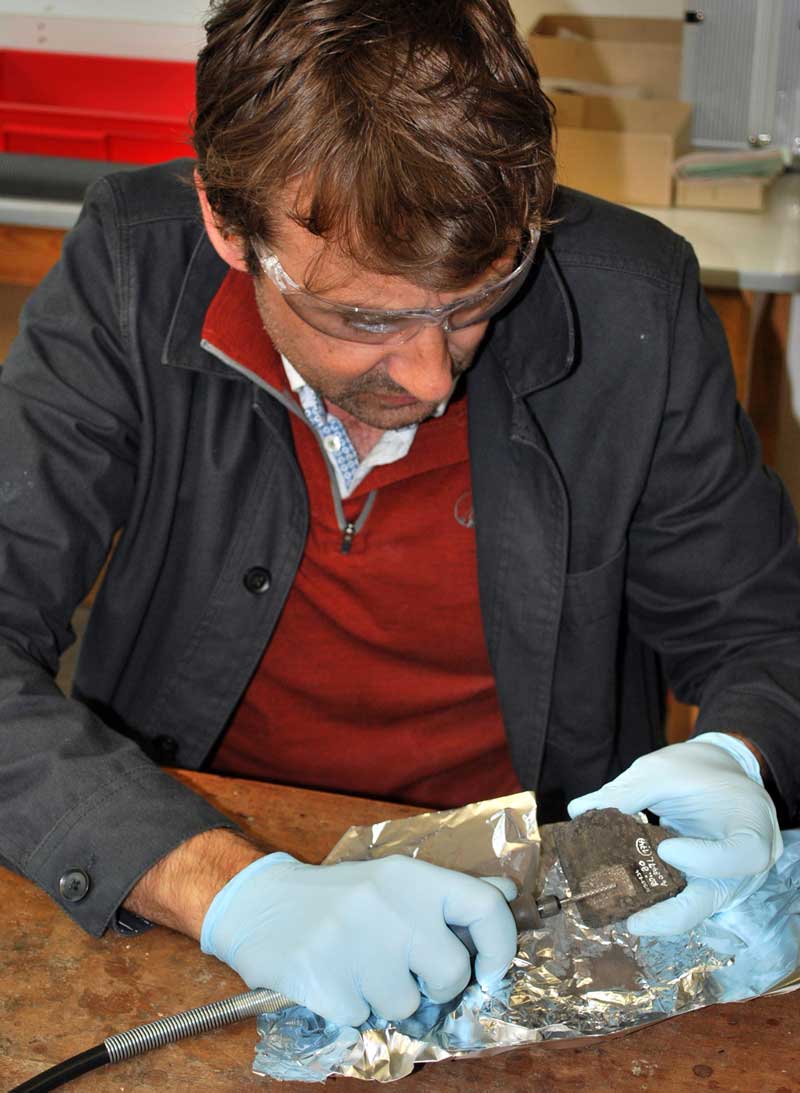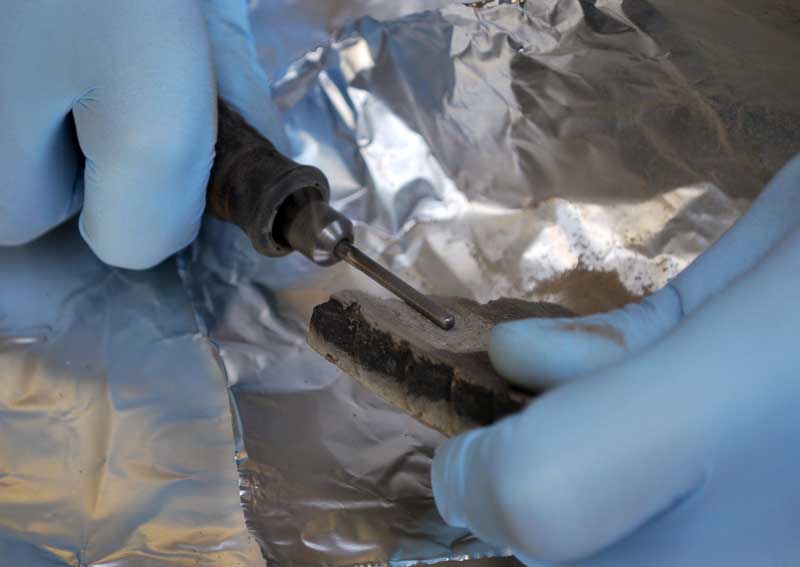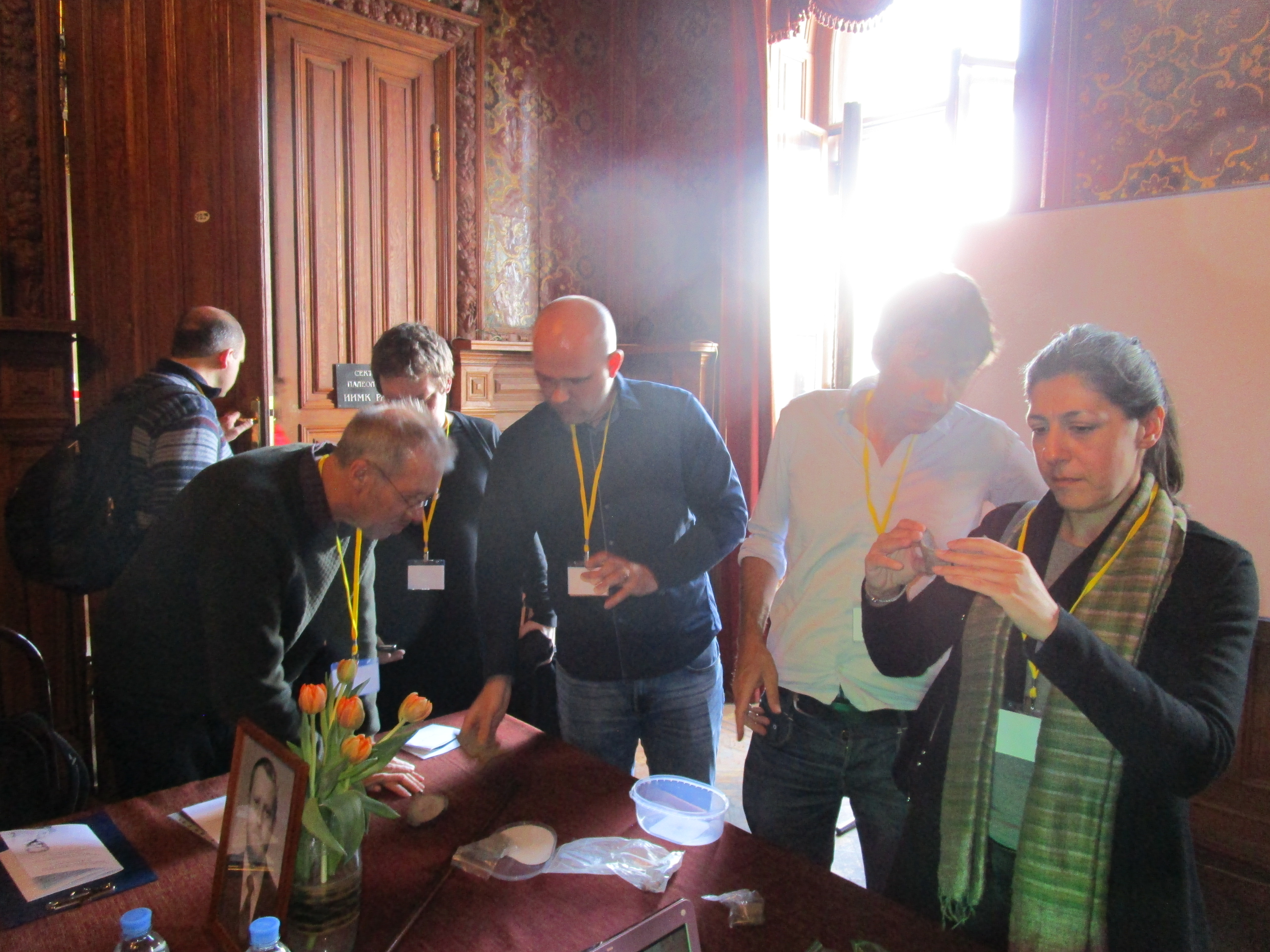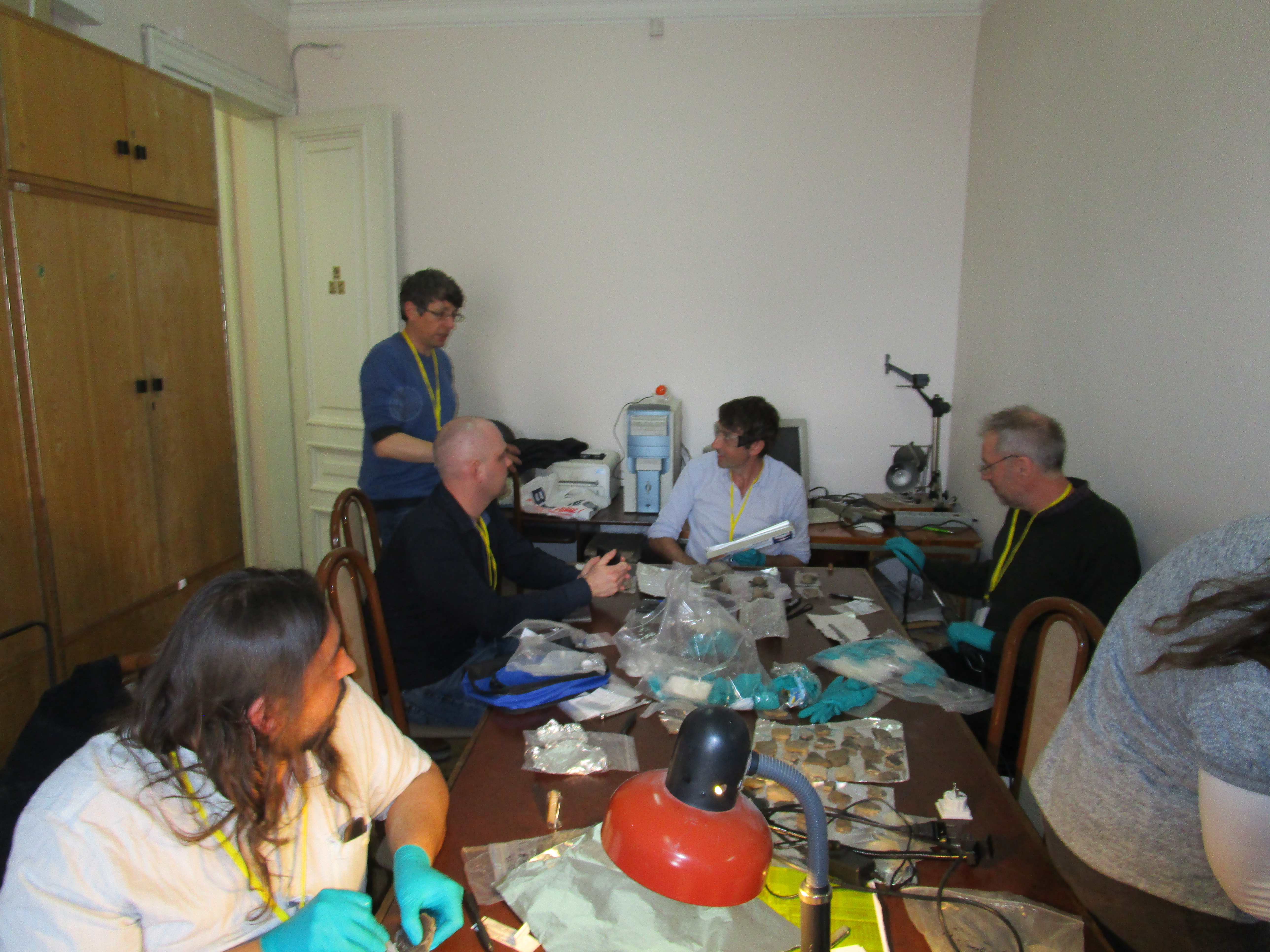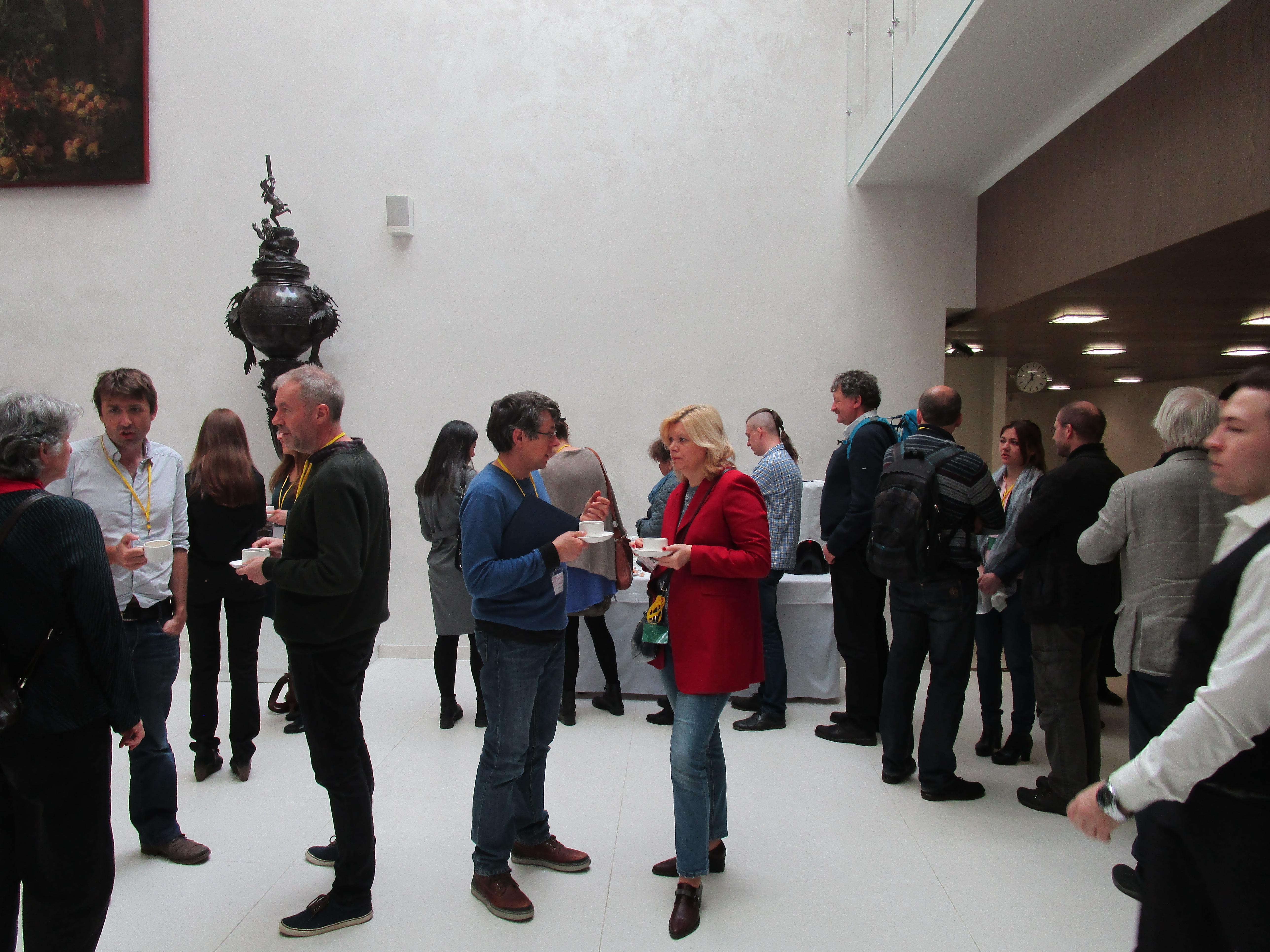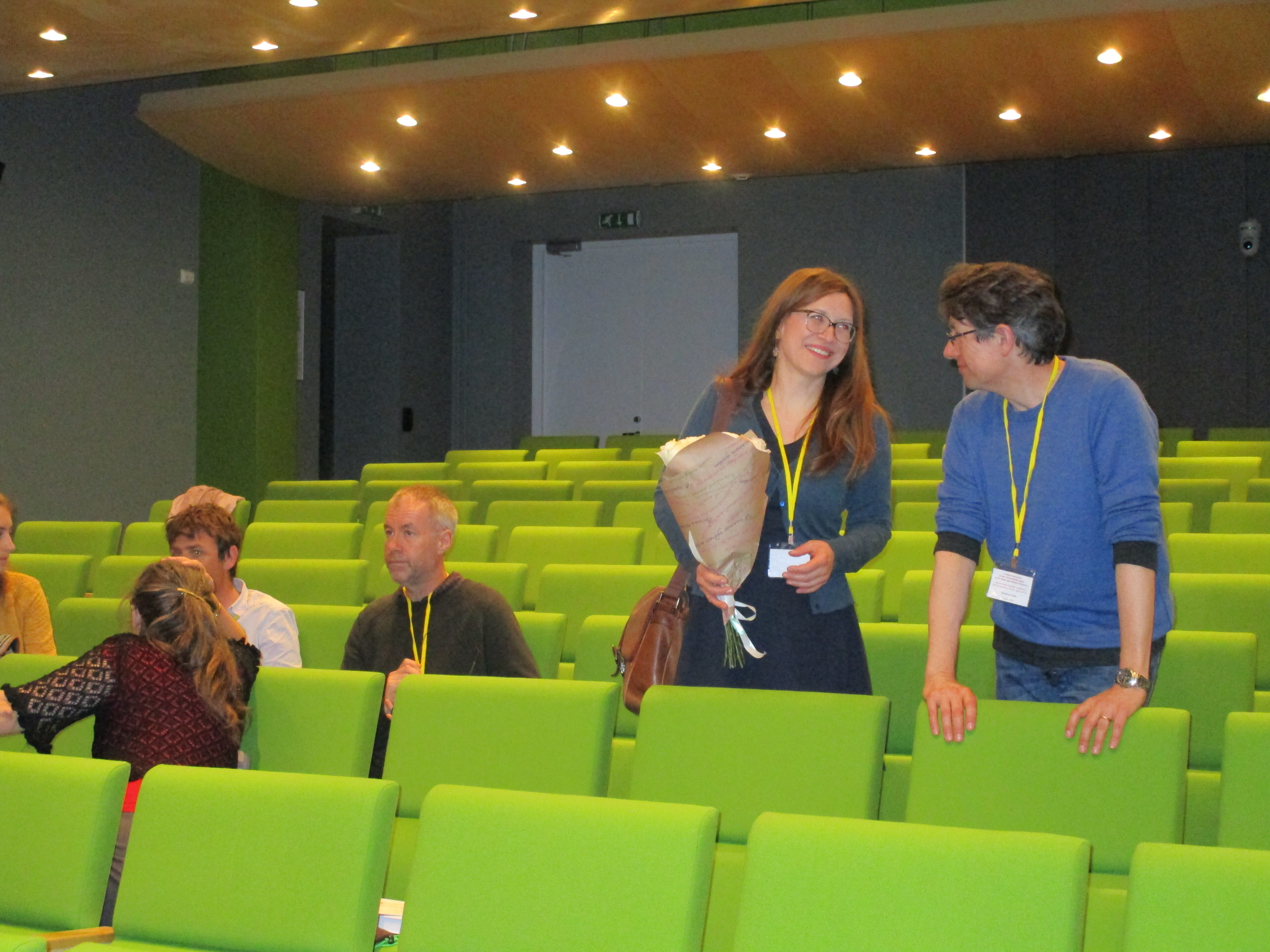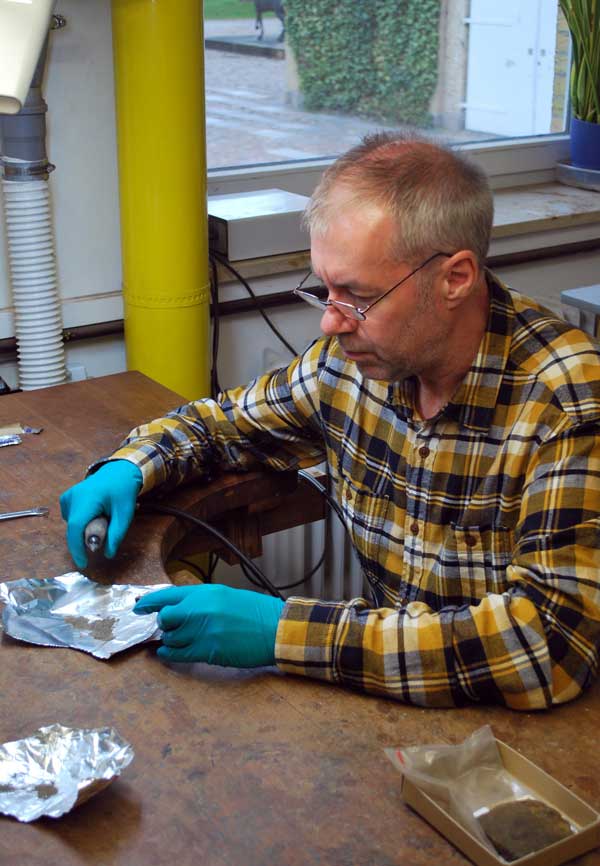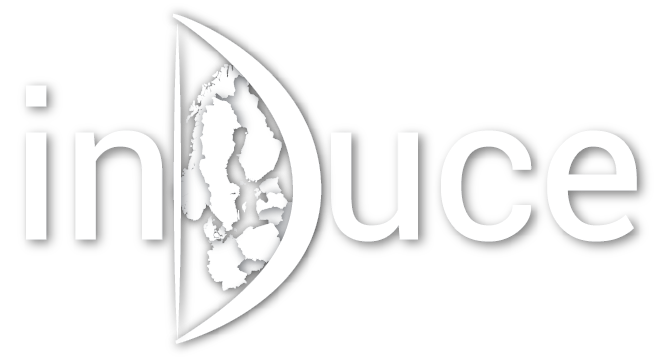
The Innovation, Dispersal and Use of Ceramics in NE Europe
2017-2021

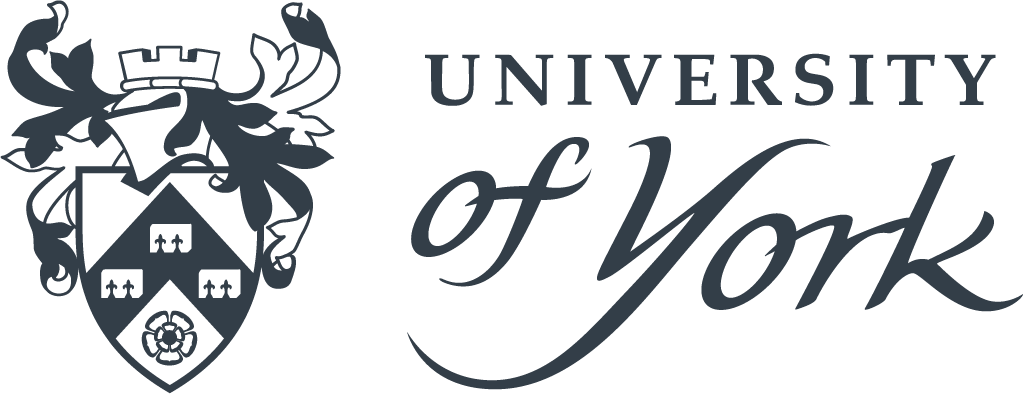

What is INDUCE?
A new research project led by the British Museum, University of York and the Centre for Baltic and Scandinavian Archaeology (ZBSA), Schleswig, Germany, aiming to tackle the origins, adoption and use of pottery vessels by hunter-gatherers in north-east Europe.
Why pottery?
Once viewed, particularly in western archaeology, as a material correlated with sedentary farming life in the Neolithic, pottery technology is now known to have been invented or adopted in many regions of the world long before the domestication of plants and animals.
However, despite this, the recognition of pottery vessels in hunter-gatherer contexts has been regarded as peripheral to mainstream European prehistory. This research project seeks to rebalance the evidence and the debate, placing the innovation, dispersal and use of pottery vessels among hunter-gatherers in north-east Europe at the heart of the enquiry.
Virtually nothing is known of the choices underlying the adoption of pottery vessels or the uses to which they were put. Similarly, there is little understanding of the environmental contexts that led to the emergence of pottery or the timing and dynamics of its apparent westward dispersal across north-east Europe, nor its legacy following the introduction of food production.
Addressing these lacunae is the motivation for this new project.
About the project
Ceramics are frequently associated with agriculture and settled village life. Interestingly however, some of the earliest ceramic vessels in Europe are found far away from Neolithic agricultural villages of South-eastern Europe, on foraging camps of the Russian boreal-steppe.
INDUCE sets out to shed new light on these early pottery using communities of NE Europe by determining how and why they made pottery and the role of this technology within hunter-gatherer economy and society. INDUCE will also examine the environmental contexts that led to the emergence of pottery and the timing and dynamics of its apparent westward dispersal across NE Europe. A final question is to understand what happened to these pottery using hunter-gatherers once they encountered early agriculturalist with different traditions, economies and ancestry.
INDUCE in numbers
We will complete organic residue analysis of over
pottery vessels to record their function
Record the form, dimensions and manufacture technique of
vessels
Directly date
vessels through AMS dating
We will obtain pottery from over
hunter-gatherer sites covering the 8th to 6th Millennium BC
People
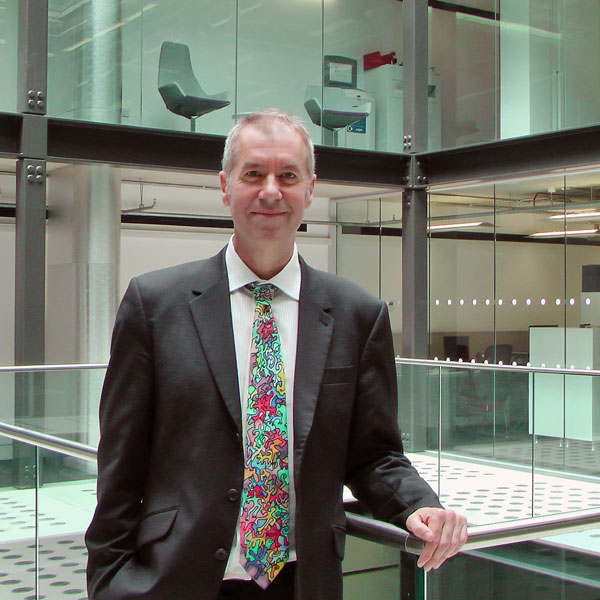
Professor Carl Heron (PI)
The British Museum, United Kingdom
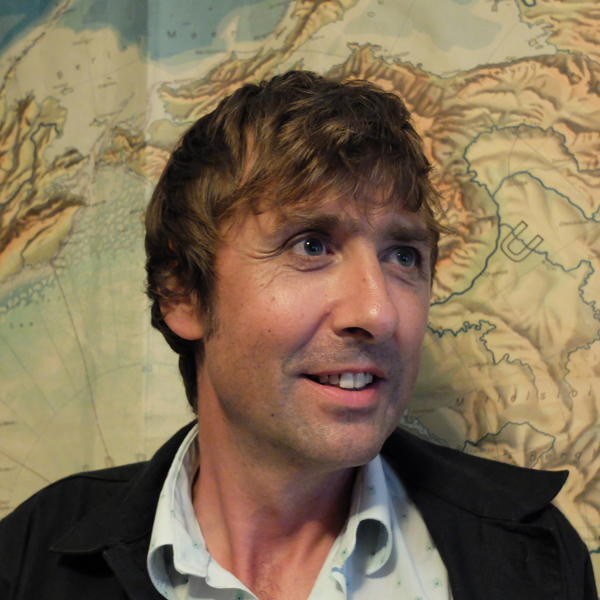
Professor Oliver Craig
BioArCh, Department of Archaeology, University of York, United Kingdom

Dr. John Meadows
Centre for Baltic and Scandinavian Archaeology (ZBSA), Schleswig, Germany
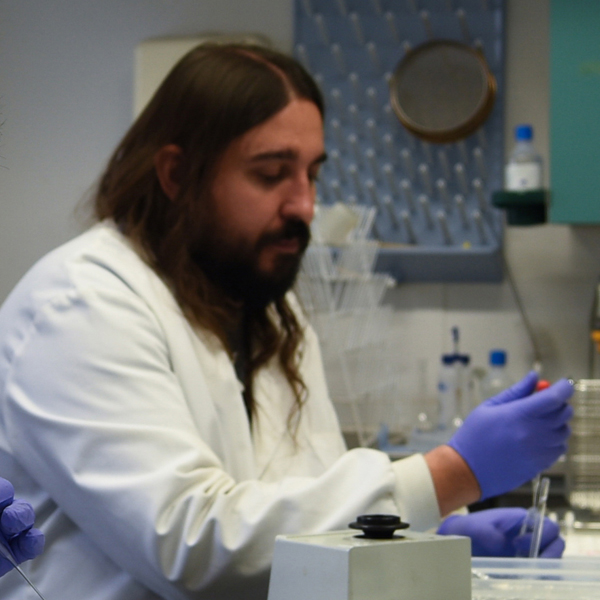
Dr. Alexandre Lucquin
BioArCh, Department of Archaeology, University of York, United Kingdom

Dr. Ekaterina Dolbunova
The British Museum, United Kingdom
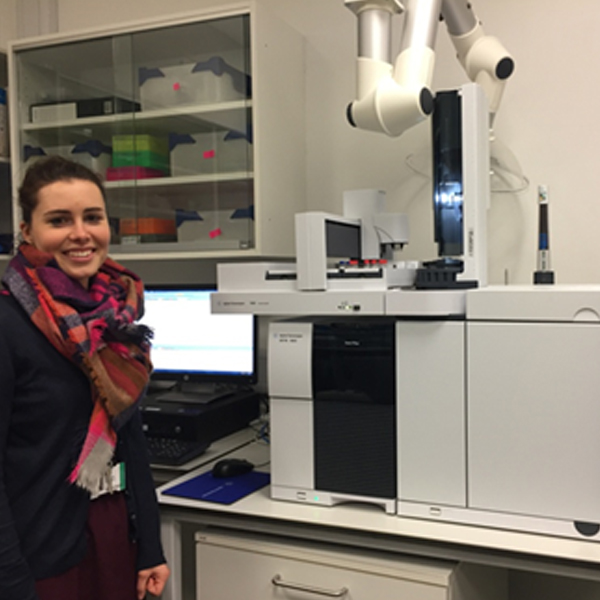
Dr. Blandine Courel
The British Museum, United Kingdom
Partners

Manon Bondetti
BioArCh, Department of Archaeology, University of York, United Kingdom
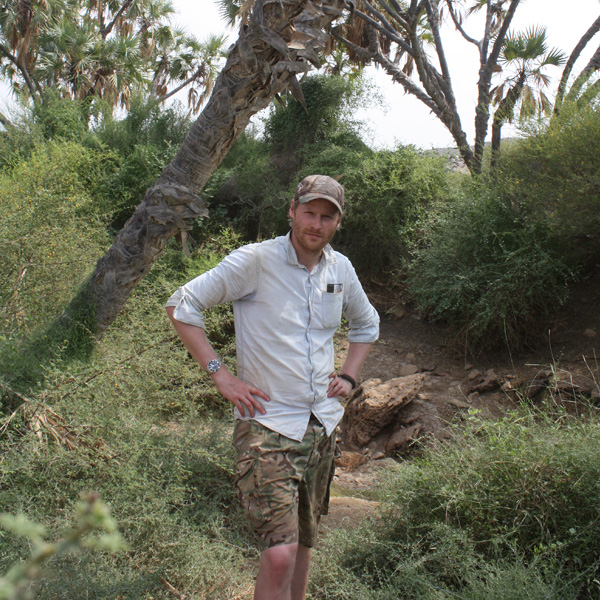
Dr. Harry Robson
BioArCh, Department of Archaeology, University of York, United Kingdom
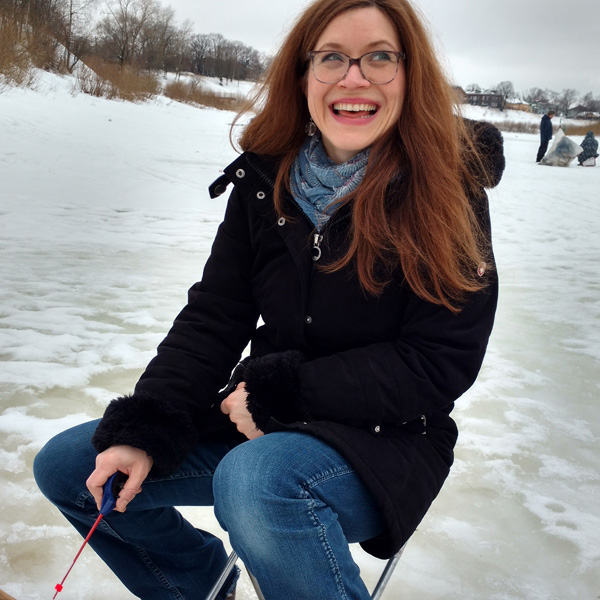
Professor Henny Piezonka
Christian-Albrechts-Universität, Kiel, Germany
Image gallery
Publications
Lucquin, A., Courel, B., Dolbunova, E., Piezonka, H., Meadows, J., Craig, O.E., Heron, C., 2018. What is for dinner tonight? Research on the innovation, dispersal and use of hunter-gatherer pottery in NE Europe (INDUCE), in: Subsistence Strategies in the Stone Age, Direct and Indirect Evidence of Fishing and Gathering. pp. 208–209. DOI: https://doi.org/10.31600/978-5-907053-00-7-2018-208-209
Links
INDUCE uses these facilities and resources
BioArCh Archaeological Chemistry Laboratories
BioArCh Light Stable Isotope Facility
Contact
You can contact representatives from the project at:
Carl Heron:
Ol Craig:
Blandine Courel:
Alexandre Lucquin:
